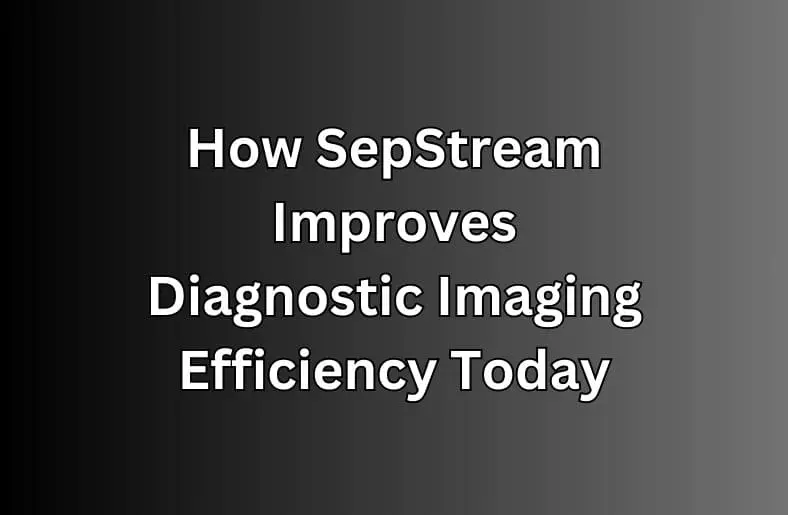Introduction
In today’s rapidly evolving healthcare landscape, technology plays a crucial role in improving patient care and diagnostic efficiency. Diagnostic imaging, in particular, has seen remarkable advancements with the integration of digital tools and enterprise-level solutions. These innovations not only enhance diagnostic accuracy but also streamline workflows for healthcare providers.
The Role of Technology in Diagnostic Imaging
In the past, diagnostic imaging relied heavily on manual processes, which were time-consuming and prone to human error. Today, advanced healthcare technology, including PACS (Picture Archiving and Communication Systems), has transformed the way medical images are captured, stored, and shared. PACS solutions, such as those offered by SepStream, provide a seamless and efficient way for healthcare providers to access and interpret diagnostic images.
Benefits of Digital Diagnostic Imaging
- Improved Accuracy: One of the biggest advantages of modern diagnostic imaging technology is its accuracy. Digital images can be enhanced and analyzed with greater precision, leading to more accurate diagnoses.
- Faster Results: With cloud-based PACS systems, medical professionals can access imaging results faster, enabling quicker treatment decisions.
- Cost-Effective Solutions: By digitizing imaging processes, healthcare facilities can significantly reduce operational costs, thanks to efficient storage and retrieval systems.
- Better Collaboration: Digital imaging allows healthcare providers to easily share images and collaborate on cases in real time, improving patient outcomes.
Enterprise PACS Solutions: Why They Matter
Enterprise PACS solutions are a step beyond standard imaging systems. These systems integrate with hospital management software, ensuring a seamless flow of patient data between departments. Providers like SepStream specialize in offering affordable, feature-rich PACS solutions designed to meet the specific needs of diagnostic imaging centers and healthcare facilities worldwide.
How PACS Improves Diagnostic Efficiency
- Automated Workflows: PACS systems automate image processing, minimizing manual entry and ensuring that radiologists receive the correct images promptly.
- Data Integration: These systems integrate data from different modalities like MRI, CT scans, and X-rays into one comprehensive platform, making it easier for healthcare professionals to review and interpret findings.
- Cloud Accessibility: With cloud-based PACS, professionals can access patient images from anywhere, reducing wait times and improving the quality of care.
Enhancing Patient Care with PACS Systems
The integration of advanced imaging technology into healthcare does more than streamline workflows; it enhances patient care by reducing diagnostic errors and improving treatment timelines. For example, using a provider like SepStream can ensure that healthcare facilities are equipped with the tools needed to provide timely, accurate diagnoses. This is crucial in critical fields like oncology, cardiology, and emergency medicine.
The Future of Diagnostic Imaging
As technology continues to evolve, diagnostic imaging will become even more efficient and accessible. AI and machine learning are expected to play a larger role in image analysis, allowing for even faster and more accurate diagnoses. Moreover, the use of advanced imaging technologies will expand beyond hospitals to smaller healthcare centers, making quality care more accessible to a wider range of patients.
Conclusion
In summary, the integration of advanced diagnostic imaging technology, such as PACS solutions, is revolutionizing the healthcare sector. These innovations enable faster, more accurate diagnoses while reducing costs and improving patient care. As a global leader in healthcare technology, SepStream is at the forefront of this transformation, providing healthcare providers with the tools they need to succeed in today’s fast-paced medical environment.





